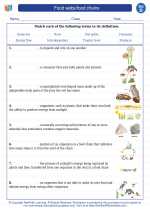Food webs/food chains -> mosses
Mosses: An Overview
Mosses are small, non-vascular plants that belong to the division Bryophyta. They are found in moist habitats and are commonly seen in forests, bogs, and other shaded or damp locations. Mosses play important ecological roles, such as improving soil quality, retaining moisture, and providing habitat for various organisms.
Anatomy of Mosses
A moss plant consists of three main parts: the stem, the leaves, and the rhizoids. The stem is usually short and bears the leaves, which are one cell layer thick. The rhizoids are root-like structures that anchor the moss to the substrate and absorb water and nutrients.
Life Cycle of Mosses
The life cycle of mosses includes both sexual and asexual reproduction. Mosses reproduce sexually through the production of spores, which germinate to form a structure called a protonema. From the protonema, the gametophyte plant develops, producing male and female sex organs. After fertilization, the sporophyte grows and eventually releases spores, completing the life cycle.
Ecological Importance
Mosses have several ecological benefits, including soil stabilization, carbon sequestration, and providing habitat for small organisms. They also contribute to nutrient cycling and help in retaining moisture in their surroundings.
Study Guide: Mosses
- Describe the main parts of a moss plant and their functions.
- Explain the process of sexual reproduction in mosses.
- Discuss the ecological importance of mosses in terrestrial ecosystems.
- Compare and contrast mosses with other non-vascular plants, such as liverworts and hornworts.
- Investigate a local habitat and identify different species of mosses present, noting their specific adaptations to the environment.
Remember to observe and handle mosses with care, as they are delicate organisms that play a significant role in their ecosystems.
.◂Science Worksheets and Study Guides Fourth Grade. Food webs/food chains
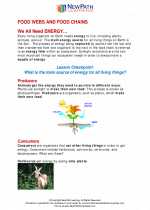
 Activity Lesson
Activity Lesson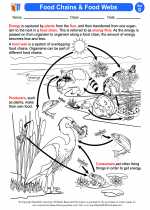
 Worksheet/Answer key
Worksheet/Answer key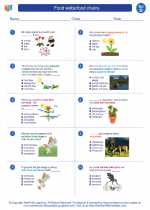
 Worksheet/Answer key
Worksheet/Answer key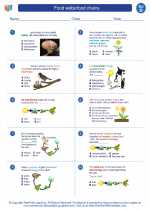
 Worksheet/Answer key
Worksheet/Answer key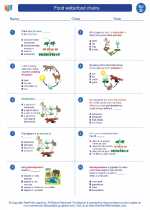
 Worksheet/Answer key
Worksheet/Answer key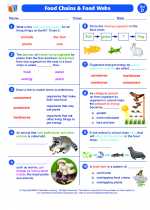
 Vocabulary/Answer key
Vocabulary/Answer key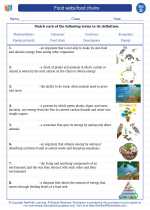
 Vocabulary/Answer key
Vocabulary/Answer key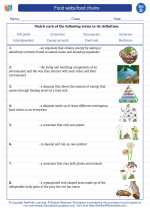
 Vocabulary/Answer key
Vocabulary/Answer key